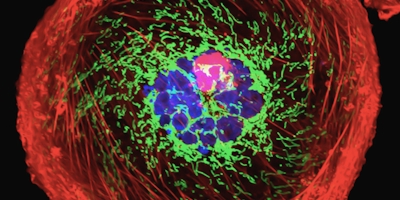From Lab to Market: The Journey of a New Drug
Guide on the FDA’s new drug approval process
From Lab to Market: The Journey of a New Drug
Have you ever wondered how a new drug goes from being a mere idea in a scientist’s mind to becoming a life-saving medication available in pharmacies and hospitals? The journey of a new drug is a complex and rigorous process that involves collaboration between scientists, researchers, medical professionals, and pharmaceutical companies. In this blog post, we will take you through the various stages involved in bringing a new drug from its initial development in the lab to its availability in the market.
1. Discovery and Development: It all starts in the laboratory, where scientists and researchers work tirelessly to identify potential new drugs. They conduct experiments, test compounds, and analyze data to find molecules that show promise in treating a specific disease or condition. This stage involves a lot of trial and error, as many compounds may not meet the desired criteria for safety and efficacy.
2. Preclinical Testing: Once a potential drug candidate is identified, it undergoes preclinical testing. This involves testing the drug on cells and animals to evaluate its safety, effectiveness, and potential side effects. These tests help researchers gather valuable data that will inform the decision to move forward with clinical trials.
3. Clinical Trials: This is perhaps the most critical phase in the drug development process. Clinical trials involve testing the drug on human volunteers under controlled conditions. The trials are conducted in multiple phases, each with a specific objective. Phase 1 trials focus on safety and dosage, Phase 2 trials evaluate effectiveness and side effects, and Phase 3 trials involve a larger group of patients to further assess safety and efficacy. These trials are closely monitored and regulated to ensure the safety of participants.
4. Regulatory Approval: If the drug successfully completes all phases of clinical trials and demonstrates safety and efficacy, the pharmaceutical company can submit a New Drug Application (NDA) to the regulatory authorities, such as the FDA in the United States. The regulatory authorities review the data and make a decision on whether to approve the drug for market availability. This process can take several months to years, depending on the complexity of the drug and the amount of data to be reviewed.
5. Manufacturing and Distribution: Once the drug receives regulatory approval, it moves into the manufacturing phase. Pharmaceutical companies scale up production to meet the demand for the drug. This involves setting up manufacturing facilities, ensuring quality control, and adhering to strict regulations. The drug is then packaged and distributed to pharmacies and hospitals, ready for patients to access.
Bringing a new drug from the laboratory to the market is a lengthy and resource-intensive process. It requires collaboration and expertise from various stakeholders, including scientists, researchers, medical professionals, and pharmaceutical companies. The journey involves rigorous testing, regulatory scrutiny, and manufacturing scale-up. However, the end result is a potentially life-saving medication that can improve the health and well-being of patients.


